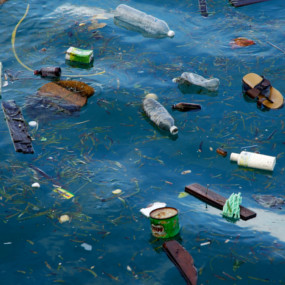Using AI to control energy for indoor agriculture
30 September 2024
Published online 13 July 2014

© incamerastock / Alamy
The team found plastic in 88% of the surface water samples collected by the 2010 Malaspina Expedition, leading to an estimate of between 10,000 and 40,000 tonnes floating on the open ocean, mainly concentrated in five major gyres.
“The pending challenge is to figure out where the rest of plastic entering the ocean is,” says senior author Carlos Duarte, of the University of Western Australia and King Abdulaziz University.
A worrying clue comes from the size of the missing debris. The team used a fragmentation model to predict how the plastic would break down; they found significantly fewer fragments smaller than 5mm than predicted.
Oceanic bacteria may break down millimetre-sized fragments to micrometre size faster than expected, and accidental ingestion of small fragments by fish may account for a fraction of the difference. Resolving the fate of the remaining ‘missing plastic’ will be crucial in determining the impact of our pollution of the oceans.
In the meantime, how can we help? “Reduce unnecessary use of plastic, step up measures to recycle and retain [plastic], and replace plastic with other products, such as plant polymers,” says Duarte.
doi:10.1038/nmiddleeast.2014.182
Cózar, A. et al. Plastic debris in the open ocean. Proc. Natl Acad. Sci. USA doi:10.1073/pnas.1314705111 (2014).
Stay connected: